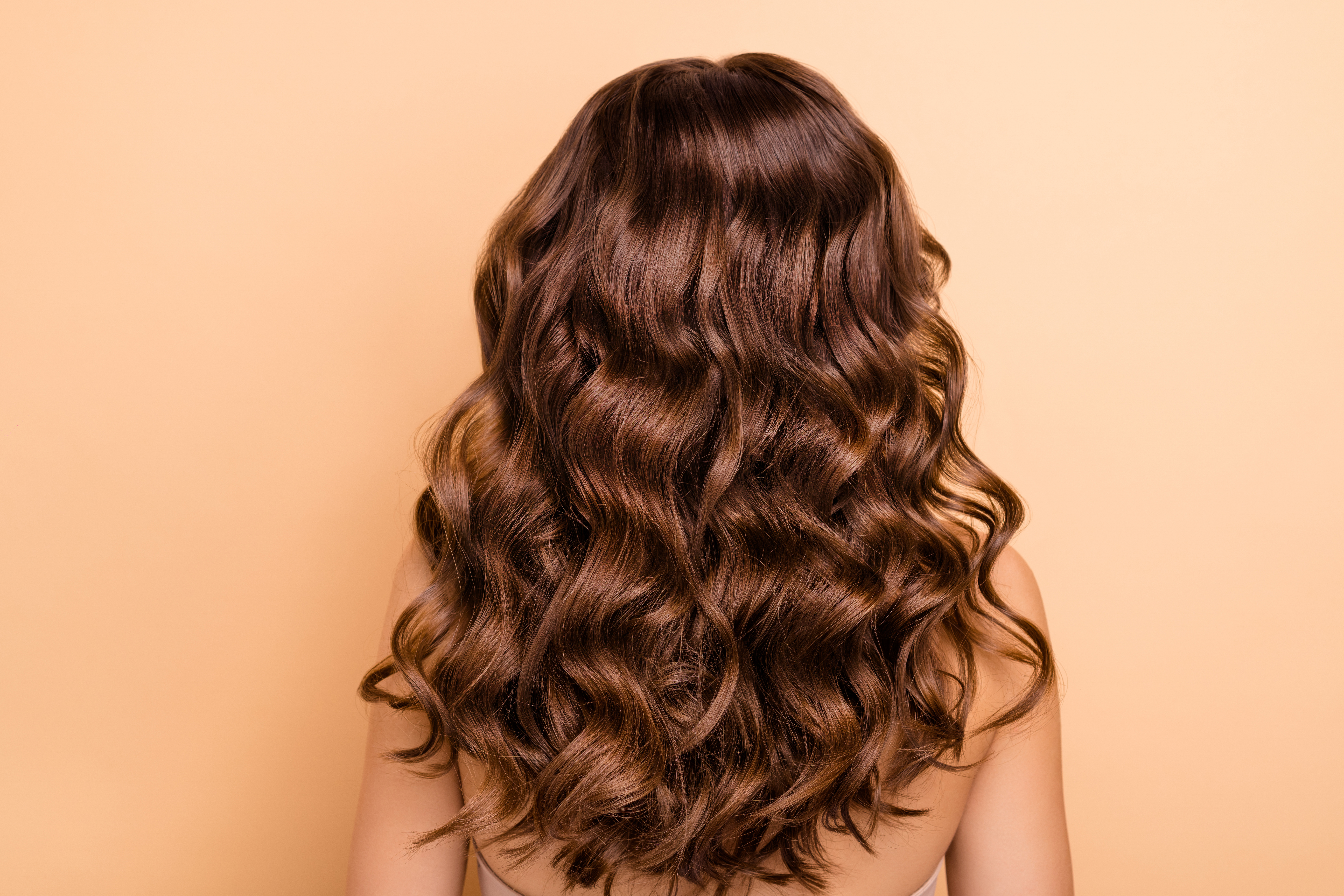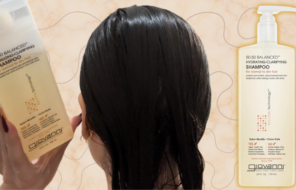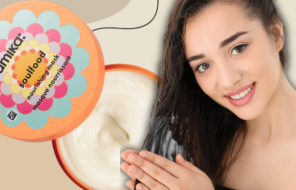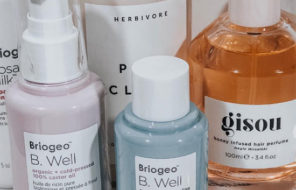When people struggle with hair health problems, like lack of growth or dullness, haircare experts may suggest certain hair treatments to get their healthy hair journey back on track. Rice water treatments supposedly offer several beauty benefits when used to treat damaged hair. Keep reading to find out whether the process is worth adding to your haircare regimen.
This article shares crucial information on the rice water hair treatment, including its suggested benefits and side effects. It should help you determine whether your hair may need it and how frequently to do the treatment. We’ve also got simple recipes for our DIYers.
What are rice water treatments?
The rice water hair treatment consists of the starchy, milky rice water residue that rice leaves when soaked, boiled, or fermented. It’s centuries old and commonly used in Japanese, Chinese, and Southeast Asian cultures. Now, along with thousands of TikTokers, it’s one of the latest viral beauty obsessions A-listers like Kim Kardashian have co-signed.
This treatment allows your hair to absorb rice’s nutrient-rich benefits — giving life to dull and dry locks. Overall, it may help your hair produce silkier, shinier strands. Use has resulted in thicker hair growth, a cleaner scalp thanks to antioxidant properties, and softer, smoother hair for many. Read on for other ways this treatment could benefit you.
Suggested benefits of using rice water on your hair
Rice’s nutrient-rich makeup includes natural vitamins and amino acids, which positively affect your hair’s healthy protein buildup. Thus, it’s easy to assume that the rice water hair treatment has its perks. Its users have reported several health benefits, including the following:
- Silkier, shinier, and smoother strands
- Increased hair volume
- Longer and healthier hair growth
- Strengthened hair follicles
- Dandruff prevention
- Repaired cuticle damage
- Eased detangling process
- Thicker hair
- Rebalancing for excessively moisturized locks
Scientific research on rice water as a hair treatment
Plenty of anecdotal evidence exists on rice water’s benefits. Most of the evidence derives from individuals’ claims about the treatment following use. However, these claimed benefits lack scientific backing and aren’t clinically proven to date. The scientific community demands further supplemental research on this treatment before giving their official stamp of approval.
Potential side effects of using rice water on your hair
Rice offers significant protein, so one of the biggest concerns with rice water is that it puts you at risk of protein overload. Too much protein can lead to drier, frizzier, and more brittle hair. Thus, hair experts suggest doing this treatment no more than twice a week. You’ll also want to avoid using this treatment simultaneously with other protein treatments.
Low-porosity hair has a hard time absorbing moisture. Due to this, individuals with lower-porosity hair won’t likely see much difference through this treatment, as their hair cuticles can’t fully absorb the nutrients that rice water provides.
Do’s and don’ts of rice water hair treatments
- Do apply this treatment after shampooing and conditioning your hair and scalp.
- Do apply from your head’s back nape area to the top.
- Do section your hair before coating your hair with this treatment. This will ensure complete coverage of your hair underneath the top layers.
- Do let this treatment sit so that it can permeate your hair in all directions.
- Do take the opportunity to give yourself a gentle scalp massage during treatment.
- Do leave it in for a minimum of 20 minutes per treatment.
- Do follow up on your treatment with a hydrating deep conditioner.
- Don’t use this treatment simultaneously with other protein treatments.
- Don’t use this treatment more than twice per week.
- Don’t try this if you’re allergic to rice.
DIY rice water treatments
We’ve got you covered with simple DIY rice water treatments safe for home use. Keep in mind that different rice types produce their own unique results, which is why you should consider each rice type’s nutrient profile. For instance, black rice has a rich antioxidant content.
There are also different methods of making rice water, including soaking, fermentation, and boiling. All share similar steps. The difference comes down to the required prep times for each. Once complete, you can simply store the rice water in a spray bottle or jar. Here are step-by-step instructions for all three methods.
The soaking method
This is undeniably the easiest way to make your rice water treatment at home. Here’s what you’ll need to make it in this manner:
Ingredients:
- ½ cup uncooked rice
- 2-3 cups water
Thoroughly rinse the rice before placing it in a water-filled bowl. Then, let it soak for 30 minutes. Extract the rice water by straining it into a clean bowl. This will safely separate the water from the rice with little mess.
The fermentation method
This method is supposedly better than plain rice water. It’s due to fermented substances containing higher antioxidant levels, which amplifies rice water’s hair benefits. It leaves an unpleasantly sour smell, but it’s nothing to concern yourself over. The smell results from the rice being converted into acids.
Ingredients:
- ½ cup uncooked rice
- 2-3 cups water
Place your rinsed rice in a bowl filled with water. Allow it to soak for a minimum of 24 hours and up to two days. Then, strain the fermented residue into a clean bowl.
The boiling method
Boiling is just an alternative to rice water soaking or fermenting. It’s a convenient option for frequent rice cookers who prefer not to waste the residue. Here’s how you do it:
Ingredients:
- ½ cup uncooked rice
- 1 cup water
Submerge the uncooked rice in water and let it cook to a boil. Once cooked, strain the rice water residue into a clean bowl and let it cool off.





